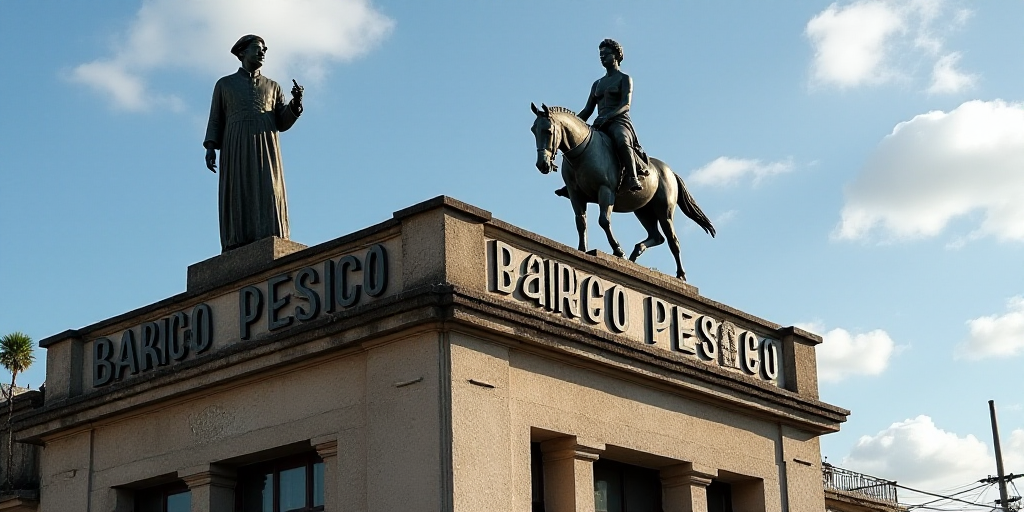Understanding the Current Situation
Moody’s Analytics’ Alfredo Coutiño, the director of economic analysis for Latin America, warns that Mexico’s monetary policy faces a delicate balance. The country has experienced persistent demand-pull inflation, which continues to drive prices upward.
The Role of Interest Rates
The interest rate gap, a key indicator of monetary restraint, has significantly narrowed in Mexico. According to Coutiño, there is no room left for further cuts in an environment of excess demand.
The Bank of Mexico aims to reach a neutral interest rate, where the inflation gap and output gap are both zero. Currently, the Bank calculates the neutral rate to be between 1.8% and 3.6%. Any real ex-ante interest rate above the upper limit indicates monetary restraint.
Mexico’s Monetary Policy in Context
BNP Paribas economist Pamela Díaz Loubet emphasizes that each country’s monetary policy cycle depends on its unique economic characteristics. Mexico began its rate-cutting cycle later than most other countries, making direct comparisons challenging.
Currently, Mexico has the third-highest real ex-ante rate among its Latin American peers, Brazil and Colombia. This implies lower inflation in these countries, making them more attractive investment destinations.
Investor Perspective
Luis Gonzali, vice president of investments at Franklin Templeton, explains that investors primarily consider market real rates. For Mexico, this would be the Udi index; for the US, Treasury Inflation-Protected Securities (TIPS). However, reliable data to estimate expected inflation over the next 12 months can be scarce.
The Impact of Mexico’s Monetary Policy
Despite being in a rate-cutting cycle, Mexico remains among sovereign issuers with an investment grade that pays higher interest rates compared to its Latin American peers.
The nominal rate has slightly contributed to making Mexican assets more attractive to global investors, but the weakening US dollar has played a more significant role.
The Mexican peso has appreciated by 11.3% year-to-date, while the US dollar has weakened by 10%. Although high rates help stabilize exchange rates, the peso’s strength is more attributed to the dollar’s weakness.
Key Questions and Answers
- What is the current challenge for Mexico’s monetary policy? The Bank of Mexico faces a situation where they have cut rates excessively and prematurely, leaving no room for further tightening in an environment of excess demand.
- How does Mexico’s monetary policy compare to its Latin American peers? Mexico has the third-highest real ex-ante rate among its Latin American peers, indicating lower inflation and potentially more attractive investment opportunities.
- What factors influence investor decisions regarding Mexican assets? Investors primarily consider market real rates, such as the Udi index for Mexico. However, reliable data to estimate expected inflation can be limited.
- How has Mexico’s monetary policy affected the peso-dollar exchange rate? Although high rates can stabilize exchange rates, the peso’s strength is more attributed to the weakening US dollar.






